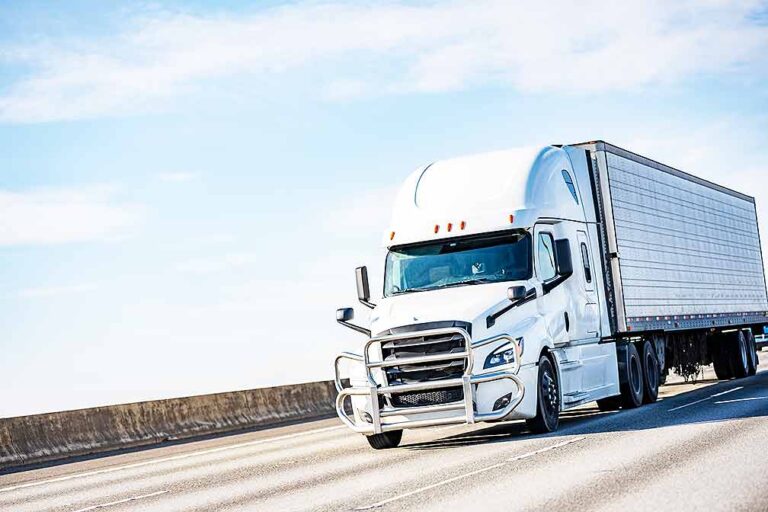Driver safety orientations are an essential part of changing jobs or positions for drivers, even if they can be a bit boring. These sessions, which can last from a day to several days, are more than just routine formalities. For drivers looking to make the best use of their time and increase their earnings, these orientations are a chance to learn about the new work environment.
One important yet simple part of these orientations is filling out paperwork. It’s crucial for drivers to understand that these documents are mainly for the company’s protection in case of any accidents or legal issues. Among these, making sure that the direct deposit forms are filled out clearly is key to avoid any delays in getting paid.
A major aspect to focus on during orientations is how you will communicate with driver managers and dispatchers. Knowing whether communication is through phone calls, texts, WhatsApp, or Viber groups is important. This not only makes operations smoother but also helps drivers succeed in any company.
Drivers should ask about the most common routes they will travel. Knowing these routes helps in planning trips better, choosing healthier food options, finding parking, and getting to know different regions ahead of time.
Fuel usage is another important topic. Drivers need to find out where the company prefers them to fuel up and which truck stop networks offer the best discounts. Smart fuel planning can lead to saving money, which might lead to higher pay or bonuses later on.
It’s also important to understand what a company looks for in a driver. While safety is always important, drivers should ask more questions. Is timely paperwork important? What about on-time deliveries or reducing idle times? Knowing what the company values operationally can give drivers a better idea of how to stand out and possibly earn more.
In short, driver safety orientations, though they might not always be exciting, are opportunities for drivers to learn about a new company’s ways and see where they can make more money. By paying attention to communication, routes, fuel strategies, and understanding what the company values, drivers can set themselves up for success in their new roles.





